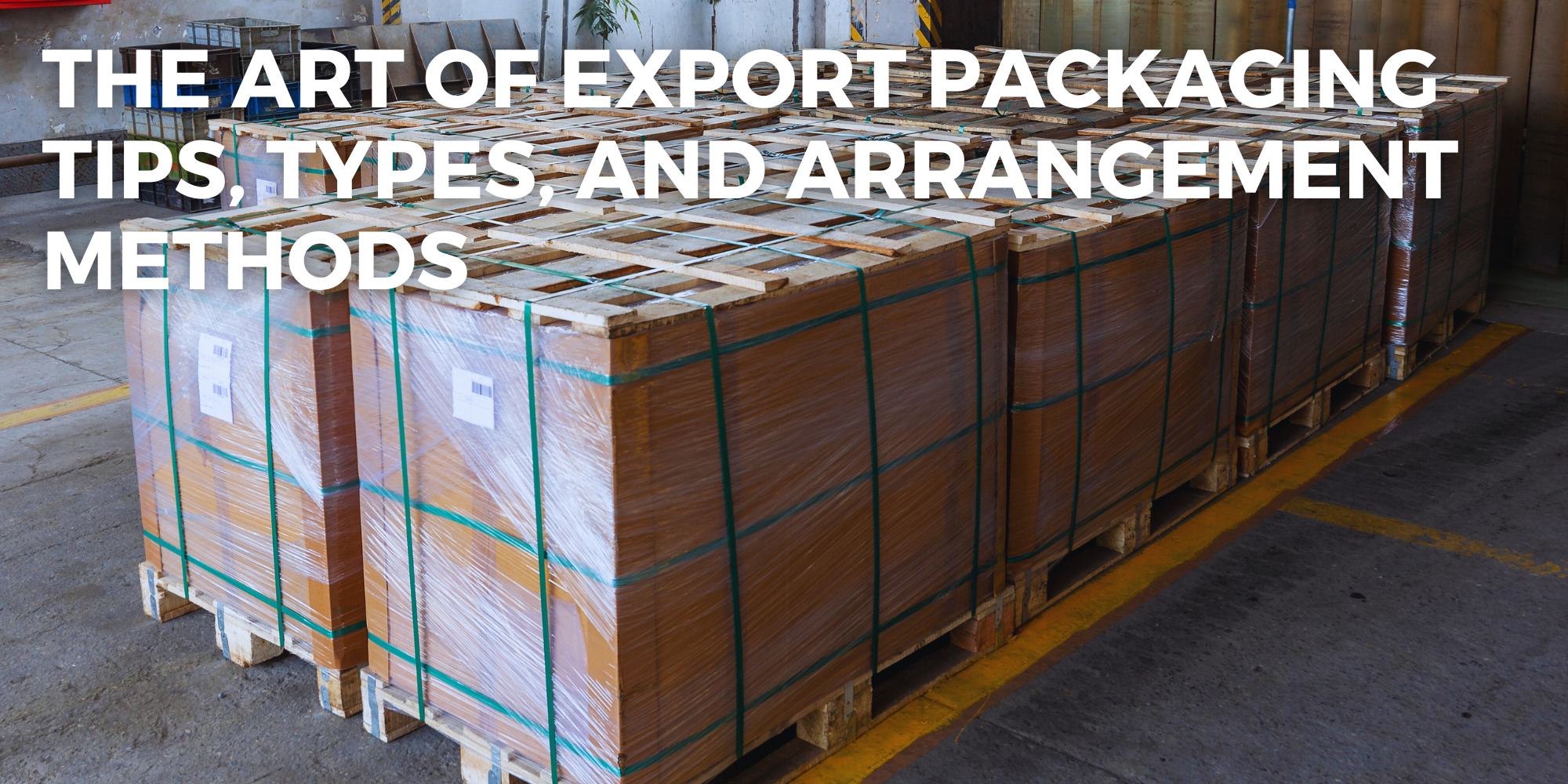
Overview
Proper packaging is crucial when exporting goods to minimize risks of loss or damage during transport. Different packaging types suit various cargoes and budgets. This article covers the definition, types, and arrangement methods for export packaging, provided by Forwarding Service Japan.
What is Export Packaging?
Export packaging involves preparing goods for long-distance transport in containers or aircraft cargo holds. Unlike domestic shipping, international transport often involves longer distances and more frequent handling, necessitating careful and compliant packaging.
Tips for Export Packaging
Air transport favors lightweight packaging, while sea transport requires robust packaging. For LCL shipments, proper packaging is essential to ensure acceptance at container freight stations. Wooden packaging materials must comply with international standards like ISPM no.15 to prevent pest contamination. This standard requires heat treatment or methyl bromide fumigation, marked with an approved stamp to certify disinfection.
Types of Export Packaging
- Sealed Wooden Box (Case Packing): Provides excellent moisture and impact protection, suitable for heavy and fragile items.
- Crate Packing: Slatted wooden frames allow visibility of contents, ideal for items needing inspection.
- Steel Packing: Offers high protection and space efficiency, used for heavy or large items.
- Bundle Packing: Ties items together, suitable for long, robust items like pipes.
- Pallet Packing: Stacks goods on pallets, used for smaller, manually handled items.
- Skid Packing: Similar to pallet packing but simpler, for robust items.
- Reinforced Cardboard: Provides more protection than regular pallet packing, lightweight and easy to handle.
- Humidity Barrier Wrapping: Protects metal products from moisture and rust during sea transport.
Arranging Export Packaging
For FCL shipments, packaging can be done at the exporter’s site or at a forwarder’s warehouse. For LCL shipments, proper packaging is essential for safe transport. It is advisable to consult with a forwarder to determine the best packaging and shipping methods.
Conclusion: Understanding and Applying Proper Export Packaging
Appropriate packaging is crucial for exporting goods to minimize risks during long-distance transport. Alongside packaging, choosing the right container is vital for sea transport. Feel free to consult Forwarding Service Japan for any inquiries about the best packaging and shipping methods for your goods.


Recent Comments